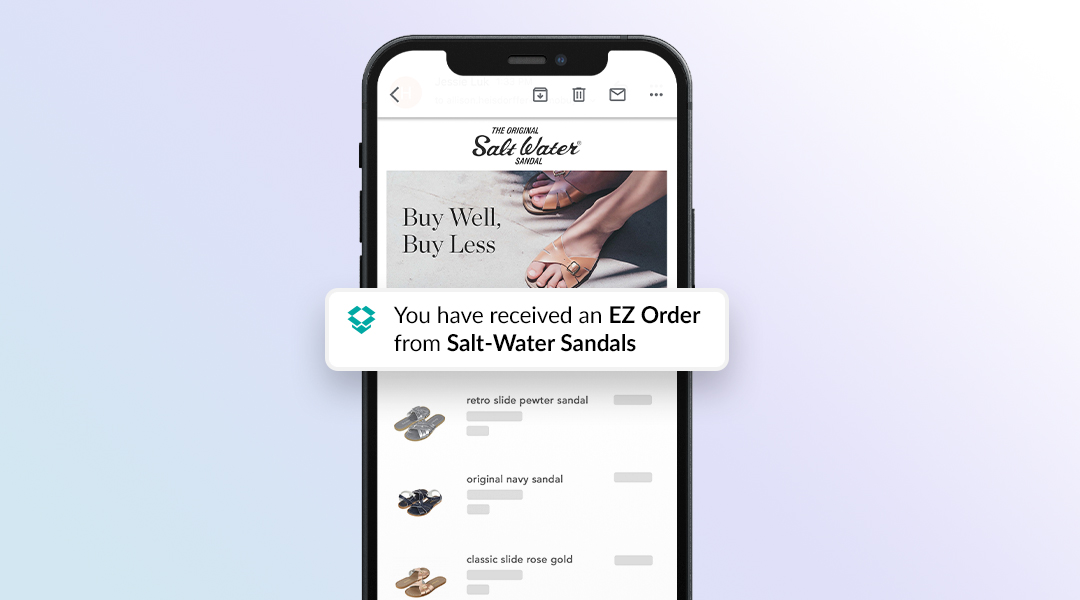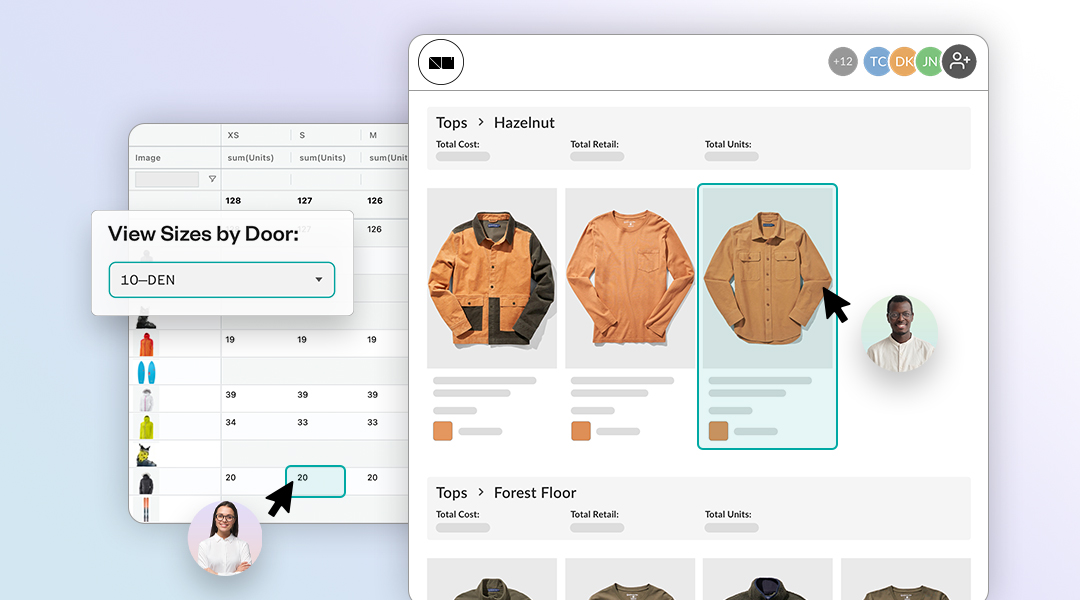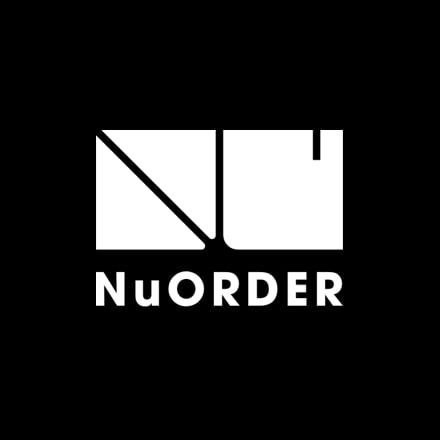Over the past years, B2B buying has undergone a digital transformation. Buyers are not only increasing their use of online B2B eCommerce solutions but are expecting and even solely relying on digital buying platforms. This rapid shift has accelerated the need and utility for a platform that enables retailers and brands to work remotely effectively.
There are a wide variety of eCommerce platforms that have answered this need, but with their different features, setups, and price points, the journey to selecting the right B2B eCommerce solution can be daunting. However, if you understand the needs of your customers and your brand, you’ll be prepared to make the right decision. Below, we’ll discuss the foundations of B2B eCommerce solutions, how to assess the needs of your customers and your brand, and what to look for as you choose a B2B eCommerce platform for your brand and your retailers to use.
Choosing a B2B eCommerce solution: Assessing the Needs of Buyers
B2B Platforms vs B2C Platforms
Because of their rapid turn toward digital solutions, modern-day B2B customers seek the same features you’d see in a B2C buying experience. With this in mind, the foundation of an effective B2B eCommerce solution starts with understanding B2C platforms and their features.
Needs B2B and B2C Consumers Share
Both B2C customers and B2B buyers need their eCommerce platform to have:
- An independent, on-demand shopping experience
- Attractive and easy platform for buyers to place orders
- Detailed information about products, interactive photos
From looking at these shared expected features, we can start to get a sense of understanding B2B buyers’ needs. Consumers (both B2C customers and B2B buyers) are becoming more selective about their buying experiences, and expect the tools to independently, efficiently, and knowledgeably purchase what they need.
Needs of B2B Consumers
Because they’re placing large orders that aren’t for personal use, B2B buyers will need additional features and considerations that an average B2C buyer doesn’t need. With that being said, in addition to the shared features listed above, consider that B2B buyers will likely need additional features, like:
- Advanced product specifications and details that B2C consumers might not care about
- Highest-quality product images that allow them to evaluate products more in-depth than required by B2B customers
- A simple shopping experience that provides the ability to purchase high-volumes of product easily
- Trusted, effective payment solutions for placing large orders with confidence
Assessing the Needs of Your Business
The tailoring of your B2B eCommerce platform of choice should align with your business’ plans for growth. This means asking yourself: what are your needs today, what will they be, and where do you see your business going? Once you have the answers to these questions, keep them in mind as you evaluate the features of different platforms. This will help you ensure your platform will be a good fit for the needs of your business right now and in the future.
Things to Consider when Choosing a B2B eCommerce Platform
Here are a few ideas of features to consider. These don’t constitute everything you should look for in a B2B eCommerce solution, and some may not be relevant to your particular infrastructure or situation. However, this will give you a good jumping-off point for brainstorming what is important for you.
-
Does Your B2B Solution Provide Real-Time Data?
Real-time data allows your business continual insight into inventory and sales, allowing you to accurately forecast future seasons and rapidly make data-backed adjustments to market changes. Now more than ever, having the ability to check your inventory sales quickly is vital to understanding your business projections in a rapidly changing environment.
-
Does your B2B Solution Offer a Customized Experience for Your Customers? Customized Assortments, Line Sheets, and Pricing
Your B2B eCommerce solution should be able to create a customized experience for your customers individually – whether through customized assortments, line sheets, or pricing. Are there times when you want to hide bulk pricing? Or give discounts to a specific retailer? What this might look like in implementation is on a case-by-case basis for your business, but having a platform that is enabled to make these changes on the fly will make it easy to do so when you’re ready.
-
Does Your B2B Solution Allow You to Make Changes Easily?
When selecting your B2B platform of choice, ask what it looks like to modify or update an order and how that information is integrated across your portal. Does the platform restrict your ability to make changes the way you want to, or does it feature capabilities that enable you to be more efficient in various circumstances?
-
Does Your B2B Solution Integrate with Your Current Software?
Selecting a platform with relevant API integrations that will easily integrate with your enterprise resource planning software (ERP) of choice will be vital in understanding exactly how much inventory you have, where it’s moving, and how inventory is moving from B2B -> ERP -> B2C. At the end of the day, both B2B and B2C have the same goal for ultimately driving sales, and having the ability to view and manage relevant business information across these channels brings both closer to achieving that goal.
-
Does Your B2B Solution Offer Advanced Features to Enhance Your Customers’ Experience?
With how many B2B eCommerce solutions there are in the world, there are various features to choose from that will help you create a seamless shopping experience. If you’re stuck between two solutions that offer the same basics, looking at the advanced features can help guide you toward a choice.
For example, some solutions offer features like:
- Virtual Showrooms — a visual, interactive, solution for giving buyers an immersive experience when shopping, with shoppable hotspots, dynamic videos, or 360-degree imagery.

- Email Shopping Features – a solution for simplifying the shopping experience that allows customers to see curated product emails and shop directly from their inbox

- Custom Assortment Planning — a solution that allows your customers to collaborate with their team in real-time to create assortments.

What Does the Right B2B eCommerce Solution Look Like?
Based on what we’ve looked at so far, the best B2B eCommerce solutions:
- Build on the expectations of B2C platforms AND:
- Deliver an attractive and practical platform for B2B buyers to place orders
- Collect, manage, and report on the real-time data you need to forecast and make in-the-moment changes
- Provide Reliable API integrations with inventory, accounting, and delivery platforms
- Make it easy to modify existing and future orders
- Make it easy for buyers to place orders when and how they want
- Provide advanced features that benefit your brand and your customer
The Right B2B Solution is Two-Sided
A true, specific B2B eCommerce solution doesn’t just serve one side of the B2B equation - it benefits both brands and retailers, enabling them to grow together.
The right B2B eCommerce solution will provide buyers with the data and tools they need to choose, order, manage, and order products.
On the other side of the equation, your B2B eCommerce solution increases your brand’s productivity, accuracy, and efficiency.
If you’re looking for more information on what a true B2B eCommerce solution looks like, read our free guide on the key components to look out for and how they enable your brand to stay on top of today’s wholesale trends.


